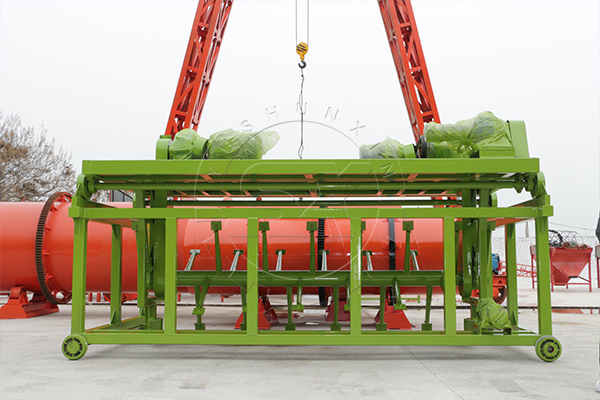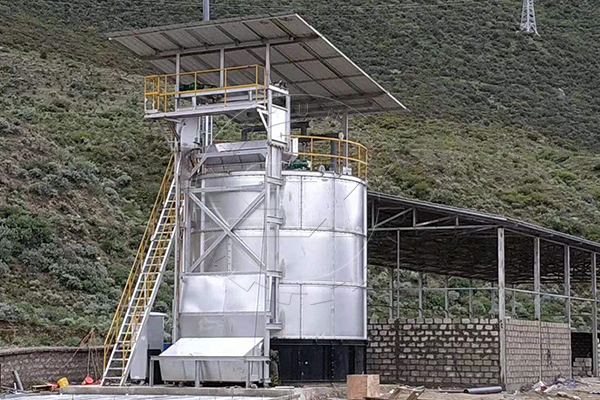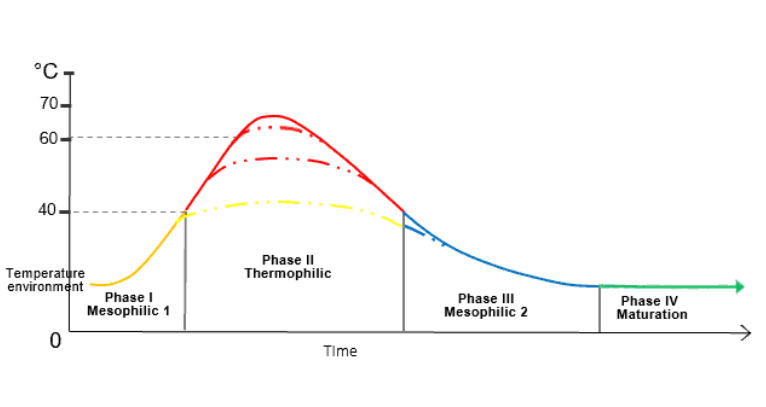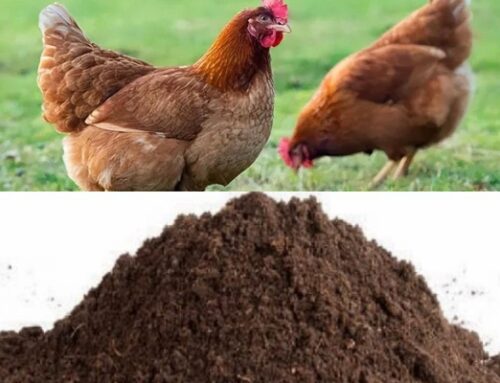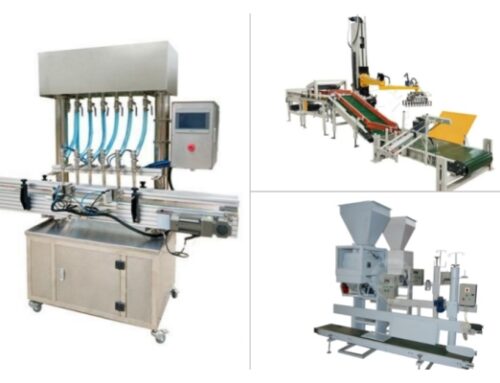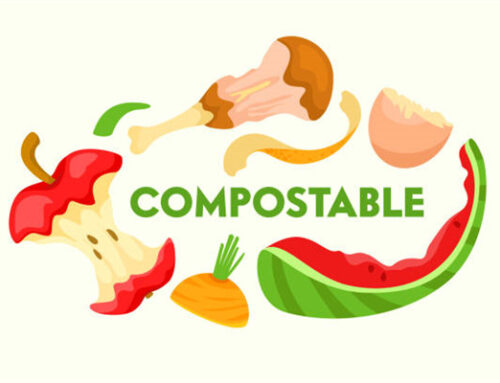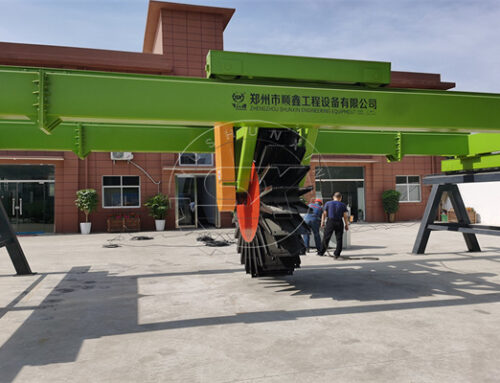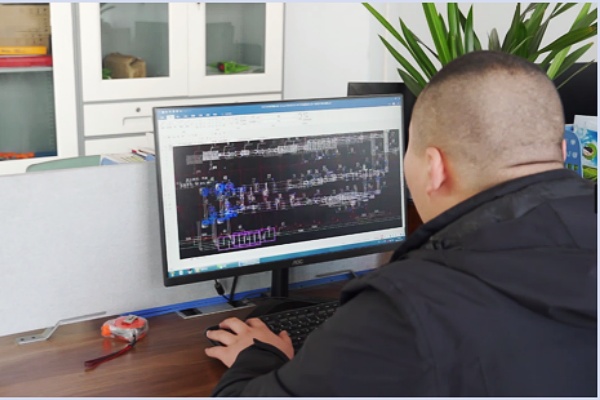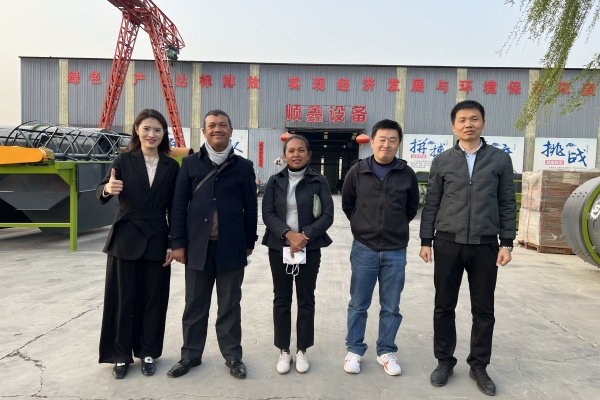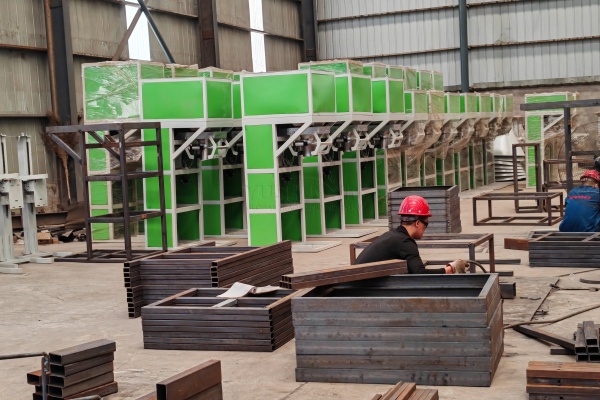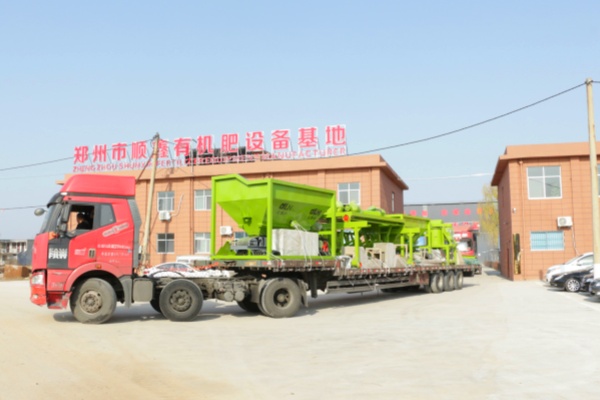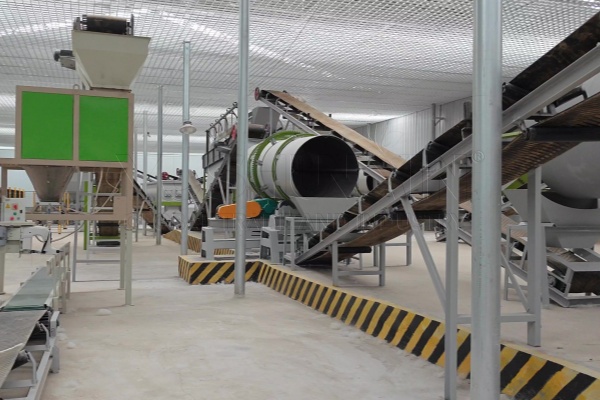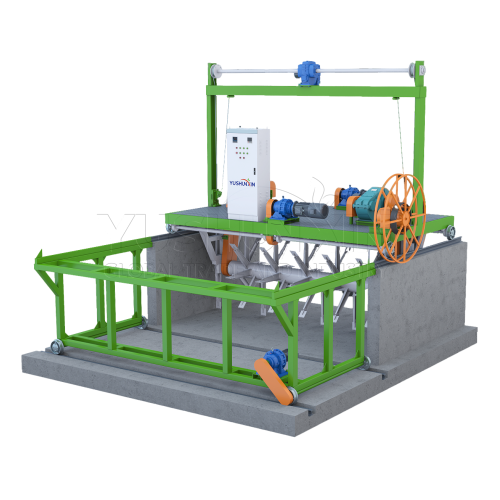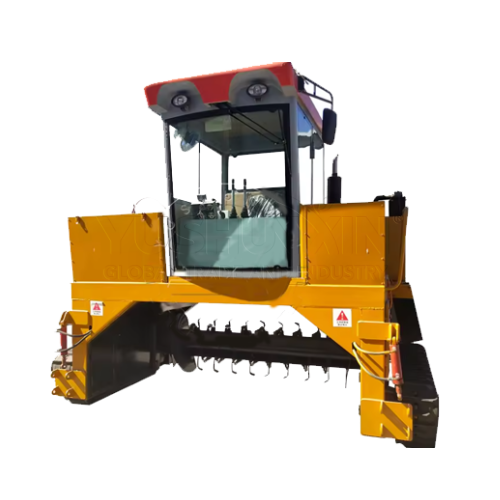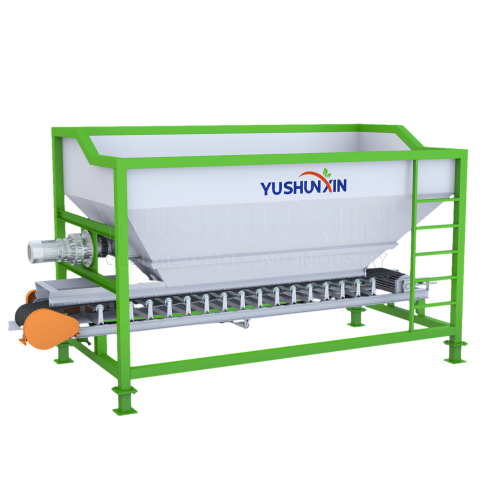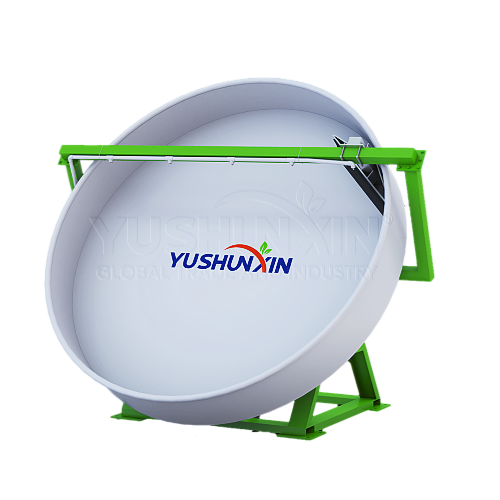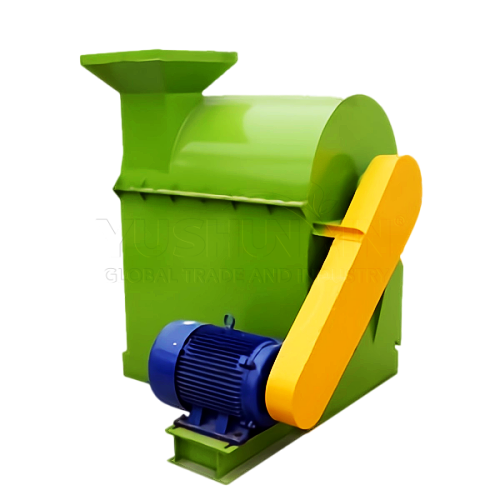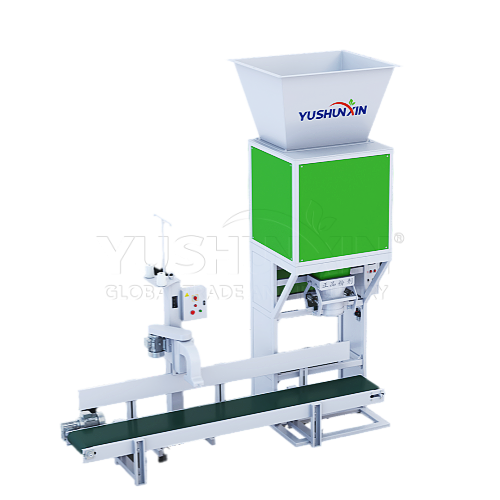Composting is the natural process of decomposing organic materials, such as food scraps and animal manure, into nutritious fertilizer that can help support healthy plant growth. How to make organic compost fertilizer? Here are some details for making your own compost fertilizer.
1. Know Your Raw Materials for Composting
When choosing raw materials for composting, you need to pay attention to the nutritional and chemical composition of different substances, as well as their humidity, density and other factors. At the same time, you must be careful not to use materials containing heavy metals and harmful chemicals to avoid negative effects on the environment and plants. For successful composting, it’s important to understand what can and cannot go in your composting machines.
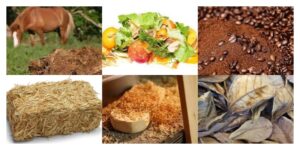
Materials of Compost Techniques
Generally, you should aim for a good mix of both common materials (such as animal manure, fruit and vegetable scraps, and coffee grounds) and auxiliary materials (such as dried leaves, wood chips, and straw). Some industrial organic waste can also be used for composting, such as wine lees, pulp waste and so on.
2. Choose Your Right Compost Machine
Choosing the right organic fertilizer composter needs to consider many aspects of factors, including production cycle, site conditions, production process, cost & energy consumption, operation & maintenance, and safety performance. It is necessary to determine the type of equipment required according to your actual situation and needs, and comprehensively consider factors such as cost performance and ease of use to choose the right composter.
Shunxin, with more than 20 years of production and research experience, has precisely designed all kinds of compost equipment for your choice, from groove type compost turner to the fermentation pot.
3. Lay Your Composting Materials
When making compost, it is necessary to mix compost materials reasonably according to the soil conditions and crop needs. Common raw materials including livestock dung, domestic waste, kitchen waste, etc. can be used as the main parts. Dead leaves and straw can serve as auxiliary materials to create a balance of nitrogen and carbon ratio. Through mixing according to a certain proportion, you can ensure these materials have a good composting effect.
Furthermore, you can also add some nitrogen, phosphorus and potassium substances or additives to speed up the maturation of the compost and improve the nutrient content.
4. Turn the Compost Pile
To speed up the composting process and ensure that all the materials are breaking down evenly, it’s necessary to turn the compost pile regularly by the compost turner. Regular turning of the compost can promote the compost maturation process, while avoiding odors and fly breeding substrates. Besides, you can determine the turning frequency of the compost equipment according to the actual situation, generally turn once for 2-3 days. When turning, it is necessary to exchange the dry material on the surface and the wet material on the bottom, so that the compost can be evenly decomposed.
5. Wait for the Compost to Mature
Composting is a slow process, so it’s important to be patient and wait for the compost to mature. The ideal temperature range for composting is between 45℃–60℃, which helps to kill off any harmful bacteria and pathogens. After a few weeks, you should start to see steam rising from the compost pile, which is a sign that the compost is heating up. Once the compost has turned dark and crumbly, it’s ready to enter the next processing steps.
Composting can be a great way to reduce waste, save money on fertilizer, and improve agricultural production efficiency. However, it also requires a certain amount of space and equipment, and needs to control various conditions in the composting process in order to obtain high-quality organic fertilizer.


